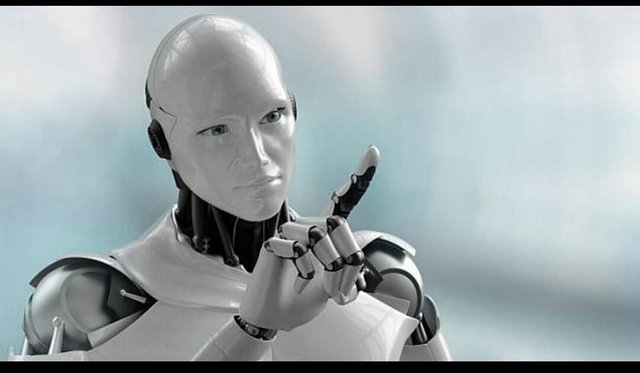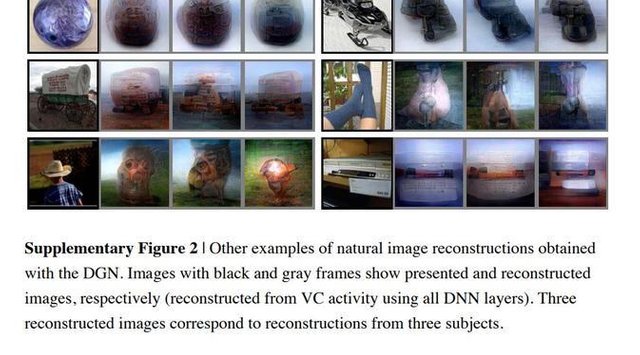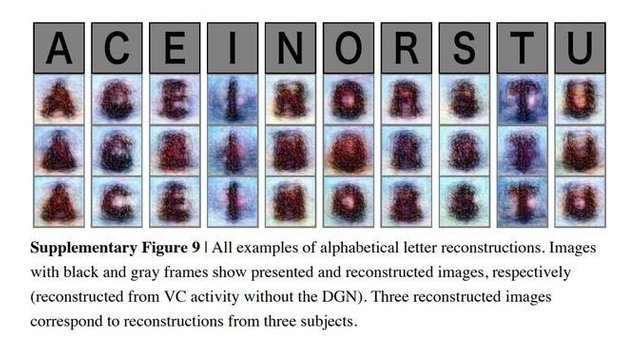Japanese scientists create technology that can read your mind

What you have in mind is of course only known to yourself. Yes, the mind is a personal part of ourselves that can not be read by others.
The artificial intelligence system of these four Kyoto researchers may be the beginning of a new world where technology can describe what every human being is thinking.
A team of renowned university researchers in Japan has successfully created a server program that they call BioRxiv (bio-archive).
The technology links the deepest part of the brain's neural network to produce the structure of the image diagram. In the image structure of the BioRxiv system, there is the ability to produce layers of color and shape based on activity in our brain.
Easily, the computer system they create can generate a picture of what is thought in our brain. To create artificial intelligence (AI) technology, the research team initially adapted from MRI (Magnetic Resonance Imaging) scans.
Adapt to human brain activity

The results of the BioRxiv system reconstruct images of brain activity. Source: cnbc.com
To produce the picture, they initially read the binary image by converting it into black and white and analyzing the shape. The process is almost the same as the technology in an MRI machine.
However, because of its purpose to detect images in the brain, the research teams are challenged to produce more sophisticated systems in image processing.
The ability of the artificial intelligence they created not only produces black and white, but also needs to adapt the many structures in the picture. Starting from many colors to shapes, everything becomes important to be included in the BioRxiv system.
"We are studying methods to reconstruct or re-create a picture of what one sees, through brain activity," said Yukiyasu Kamitani, one of Kyoto University's research team, quoting CNBC on Thursday (11/1/2018).
The previous methods in the technology they created, can only detect images through pixels and simple shapes.
Unfortunately, the human brain processes visual information in a structured way or through several stages.
Because it works through a process that is not simple in viewing objects, the researchers also need to adjust their AI technology system.
So, the AI they create can not only read pixels, but it is also necessary to analyze the structure and stages like the human brain.
Still lacking

The BioRxiv system reconstructs alphabet letters. Source: CNBC
Of course, researchers need ten months to test their technology. The three things they test include natural images such as photographs, geometry shapes and alphabetical letters.
Deep image reconstruction: Natural images (seen images), GIF versionLeft: Seen imagesRight: Images reconstructed from brain activity (being optimized) pic.twitter.com/YY0ZDxi7T5
- 'Yuki' Kamitani (@ykamit) January 4, 2018
The results of the tests they have done some of them are close to the original image, but not entirely true. For alphabet letters the intelligence system is able to correctly identify the alphabet.
Deep image reconstruction: Visual imagery, GIF versionLeft: Imagined imagesRight: Images reconstructed from brain activity (being optimized) pic.twitter.com/m9ZwPRFwGD
- 'Yuki' Kamitani (@ykamit) January 4, 2018
As for reconstructing the image generated from brain memories, the technology system AI BioRxiv, still having difficulty in processing it.
Because, a person's memory and the original image in the photo is a little different.
Lack of accuracy in BioRxiv technology systems, making the research teams work to correct the shortcomings. However, with the presence of BioRxiv, the technology is expected to be useful in helping hallucinations of psychiatric patients.
In fact, mind-reading technology can encourage new forms of communication by using only images or images.